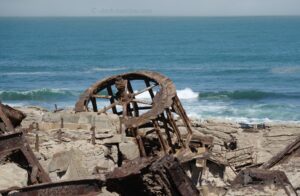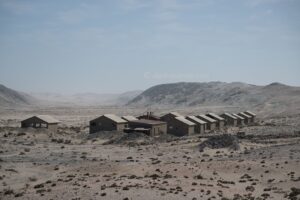
All Caught Up Again & Austrian History
For only the second time in the ca. 15 years since I started writing for my main website, I’m all caught up, i.e. I’ve completed and uploaded all the chapters that I had material for from my own travels. (The first time I had come to that point was earlier this year.)
First I finished the remaining chapters for Namibia, namely about Swakopmund and its local museum. And then I still had a substantial chapter to write about a relatively recent addition to the museum portfolio of the city I live in, Vienna, namely the House of Austrian History (“Haus der Geschichte Österreich” in the original German, or HdGÖ for short), housed in




